What is a power jack, and how do I diagnose it properly?
First, you might be wondering, what exactly is a power jack? Here at Pomeroy Computing, we are experts in power jack repair and offer guides and tutorials to fix it yourself, or we offer our $69 parts and labor mail-in repair services. Contact us today for a free diagnostic!
The power port is a socket input soldered directly to the motherboard or a cable connection that plugs into it. It’s important to know what type of power jack you have to properly diagnose the issue and fix it.
Power enters through your DC adapter cord and into the laptop to power it and charge the battery through this power jack port. It doesn’t regulate your battery or do anything special. It’s just the physical gateway for power to come into your laptop. If the connection is bad, your laptop won’t properly power on and charge the battery. These are typically intermittent issues that go back and forth. This problem will get worse over time, and trying to manipulate the port to get it to work can cause further and more extensive damage to the motherboard.
This information might be relevant because you’re having power problems with your laptop and are seeking solutions. There are ways to repair it yourself, but sometimes it is better left to an expert in laptop repairs due to the complexity of the disassembly and reassembly, along with safely removing the bad socket with different soldering tools and techniques.
See also: Soldering techniques for power jack repair
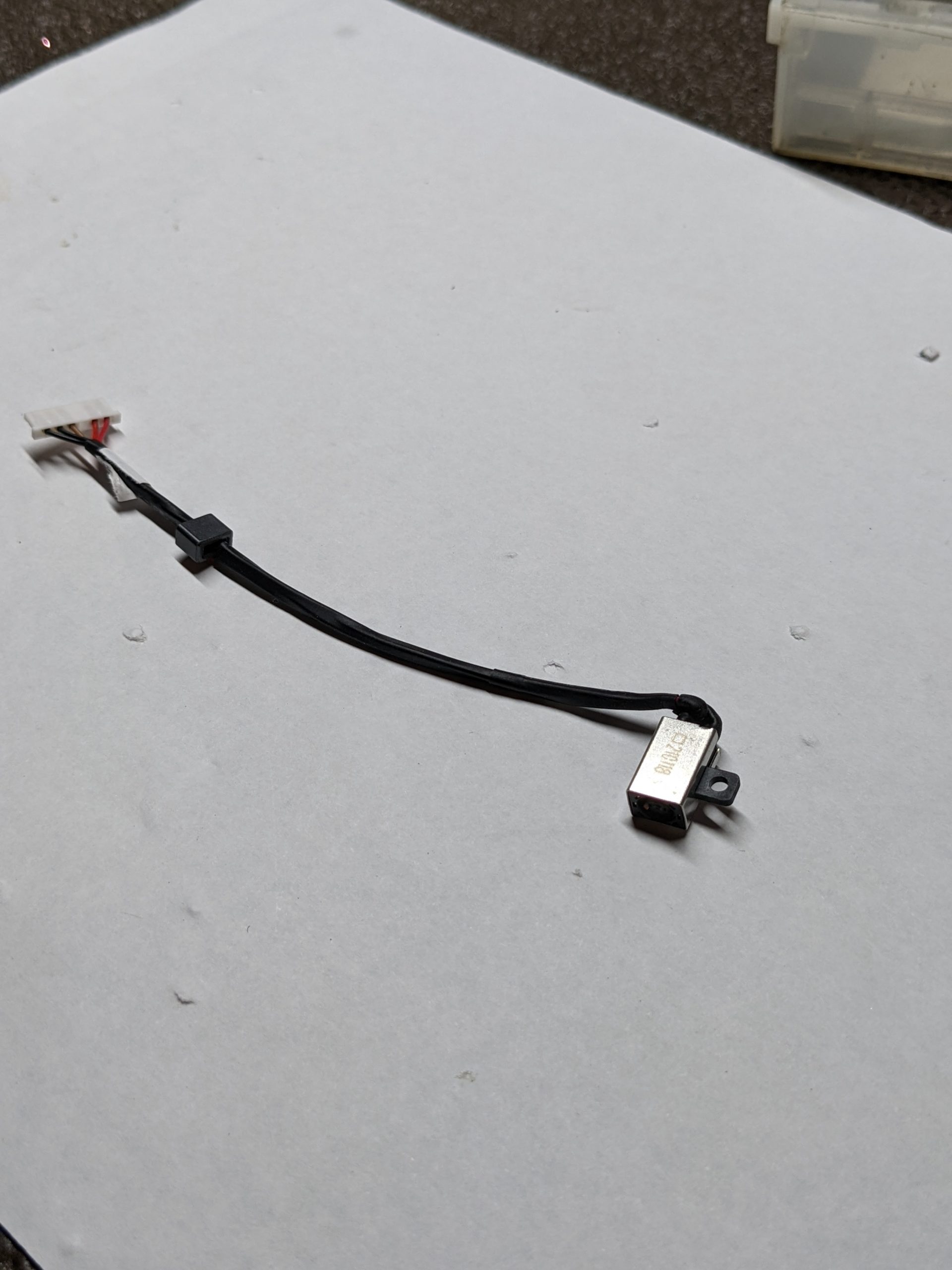
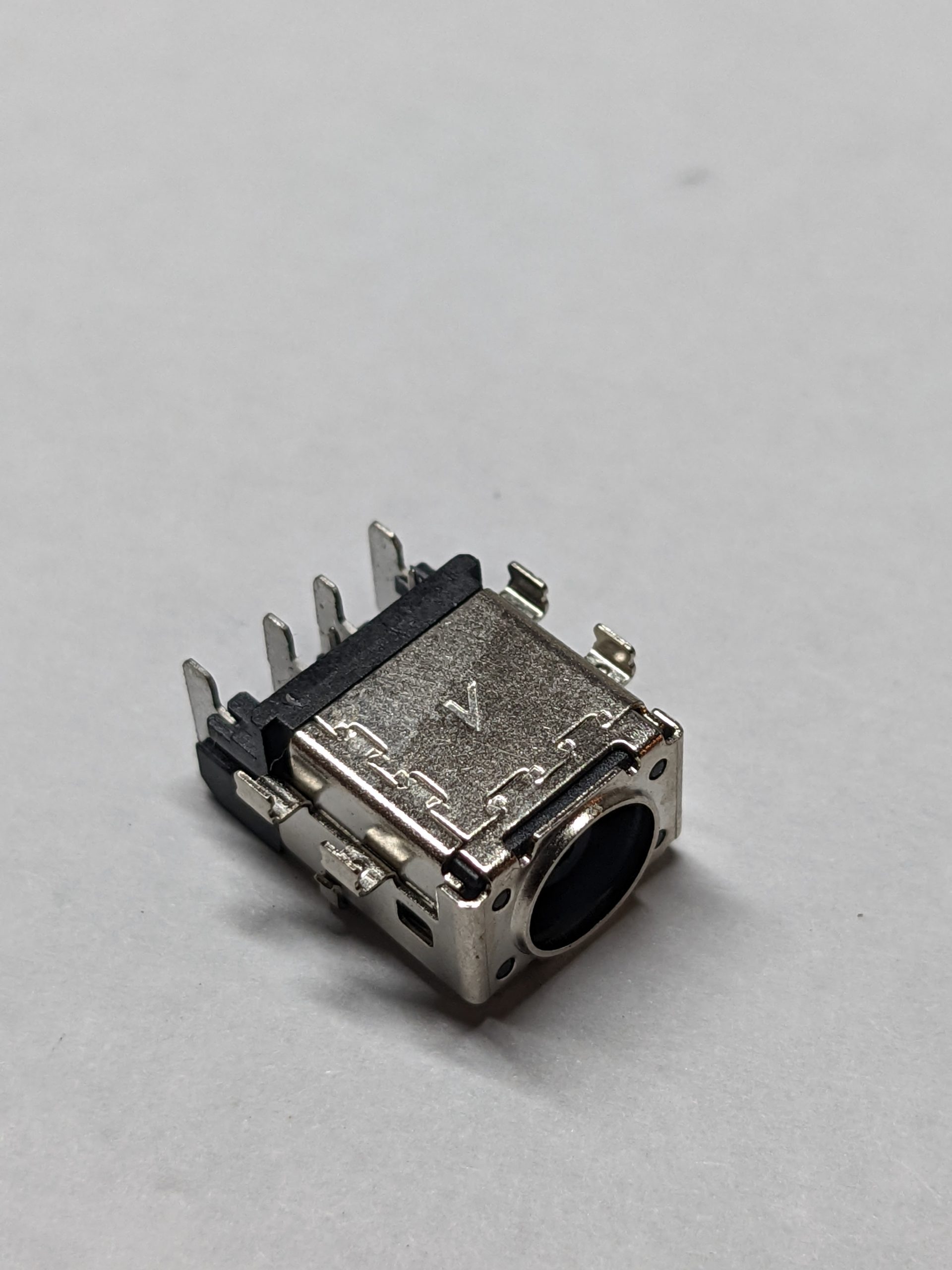
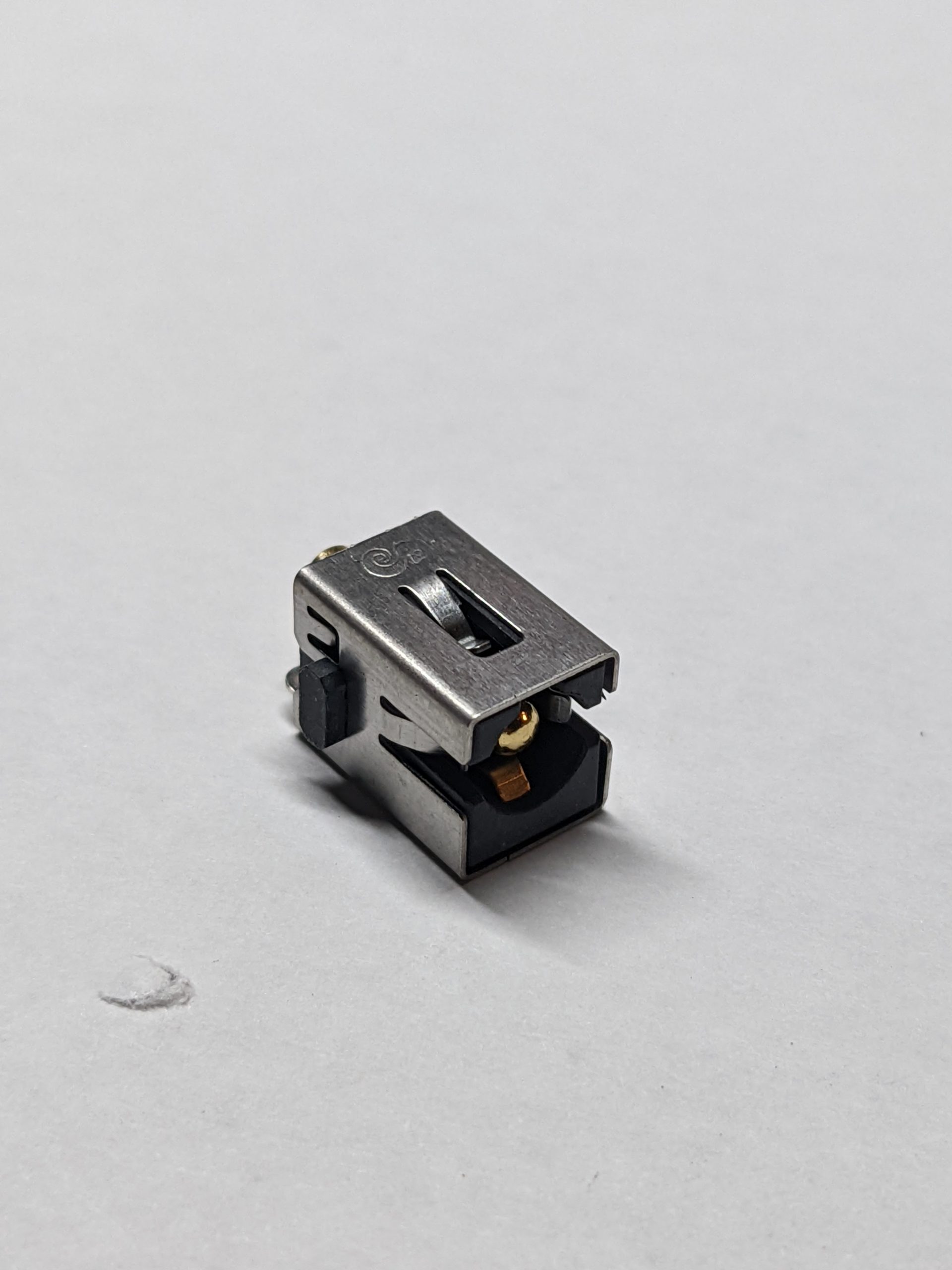
What symptoms does a failing charge port have, and how does it fail?
A laptop that is experiencing power jack problems has distinct symptoms. They tend to go bad over time because of stress on the cord and heat going through the solder points. That leads to the weakening of those points and a slow loosening of the DC jack from the motherboard. Another reason you might be experiencing these symptoms is because the computer took a fall or the power cord was tripped over. This results in the port becoming physically damaged and breaking off the motherboard, is the laptop will not charge or power on. Laptops with power jack problems start to exhibit signs such as:
- Loose or broken connection where you plug in the power cord
- Intermittent switching of the laptop going back and forth from power to battery
- Sparks or overheating buildup near the charge port area
- Battery won’t charge
How can I be sure my charge port is bad, and where do I start?
If you’re not sure whether your laptop has a bad charge port or not, then start by testing your AC adapter. It is a common cause of DC jack-like symptoms and can be tested and ruled out as the problem before you take it anywhere. You can use a multimeter to check the integrity of your power cord or try another known working cord to rule out this problem.
See also: How to test your AC adapter when diagnosing a bad power jack
The most common way to know if you have a bad power socket is the very distinct symptom of the connection being very loose when you plug it in. The AC adapter will feel extremely loose when you plug it in versus very snug when you first bought it. A lot of times, you can see physical damage to the port, which is pretty obvious. This is the telltale sign of a bad power jack. Sometimes, the loose feeling can start small but get worse over time. You might start to wiggle the tip of the power cord at a certain angle to get it to work. Eventually, it will stop working altogether. Continued use can cause potential damage to the motherboard and will never get better until the charge port is replaced.
It is important to note that there are two different kinds of power jacks. The first is a plug that is soldered directly to the motherboard with as few as three pins and as many as nine or more. They are a through-hole solder connection, which can be de-soldered when it needs to be replaced, and a new jack soldered back on. The other type is a cable with wires that plug directly into the motherboard. Like the soldered-on types, they come in many different shapes, sizes, and configurations. These are much easier to replace because they are a “plug and play” situation that doesn’t require any type of soldering unless you solder a new jack on the tip of the cable. They can usually be purchased in the full cable form, so soldering isn’t needed.
This is important for many reasons, such as when you’re diagnosing a bad power plug, a cable-type jack will usually have some play in it. It can be misleading when you’re trying to diagnose it because it’s wiggling around in the laptop a little. The cable sockets usually become detached from their housing (chassis or body of the laptop) and flop around inside the laptop when they are bad. You should feel a noticeable change in how the laptop feels plugging it in after experiencing power problems compared to your normal computing experience. The soldered-on jacks have very little play in them, so they feel distinctly different and loose when they are going bad. If you have a soldered-on jack and it feels solid, you might have a different type of power issue going on.
What does a broken DC jack look like?
Below are some pictures of what a bad DC jack looks like. You will notice physical damage to many of the jacks. This is usually a result of tripping over the cord, dropping the jack on the plugged spot, stress on the power cord over time, and finally breaking the connection. If it is a soldered connection, those tend to be completely or partially detached and broken from the motherboard. Sometimes, if you look at the solder points closely, you will see an oxidation of the power pin or pins. This is usually accompanied by the symptoms of the wiggling of the cord to find the sweet spot to get it to charge.
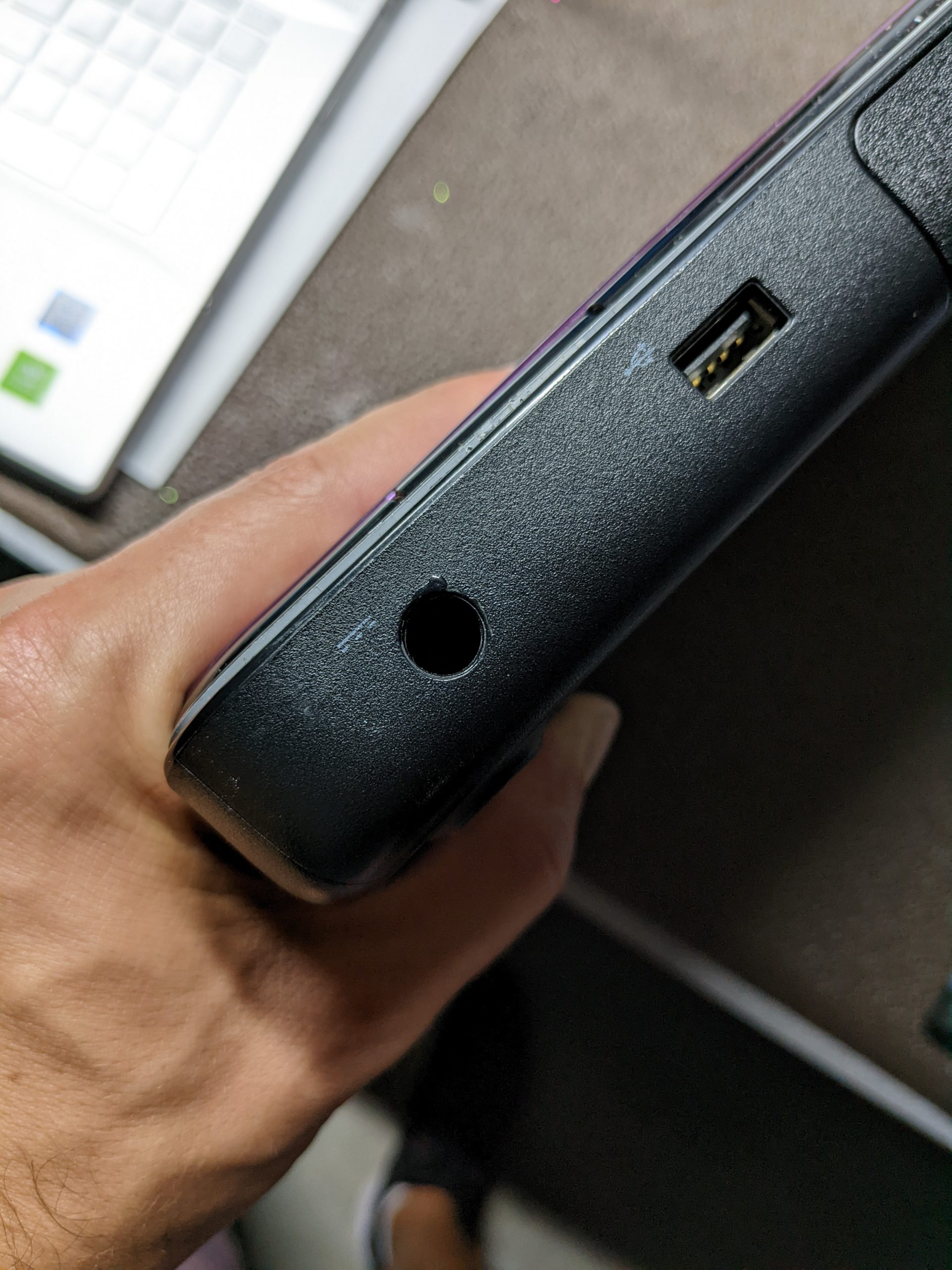
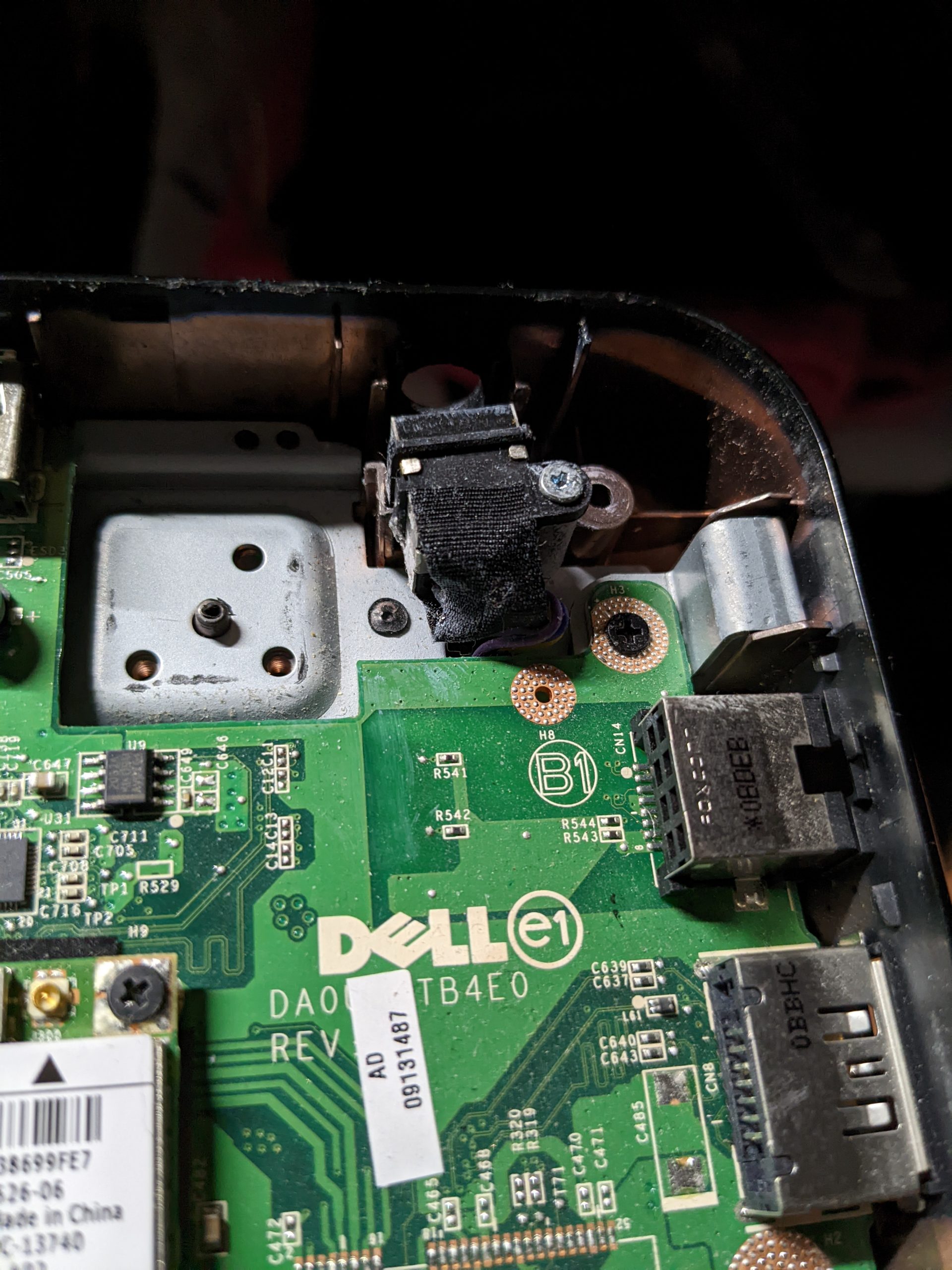
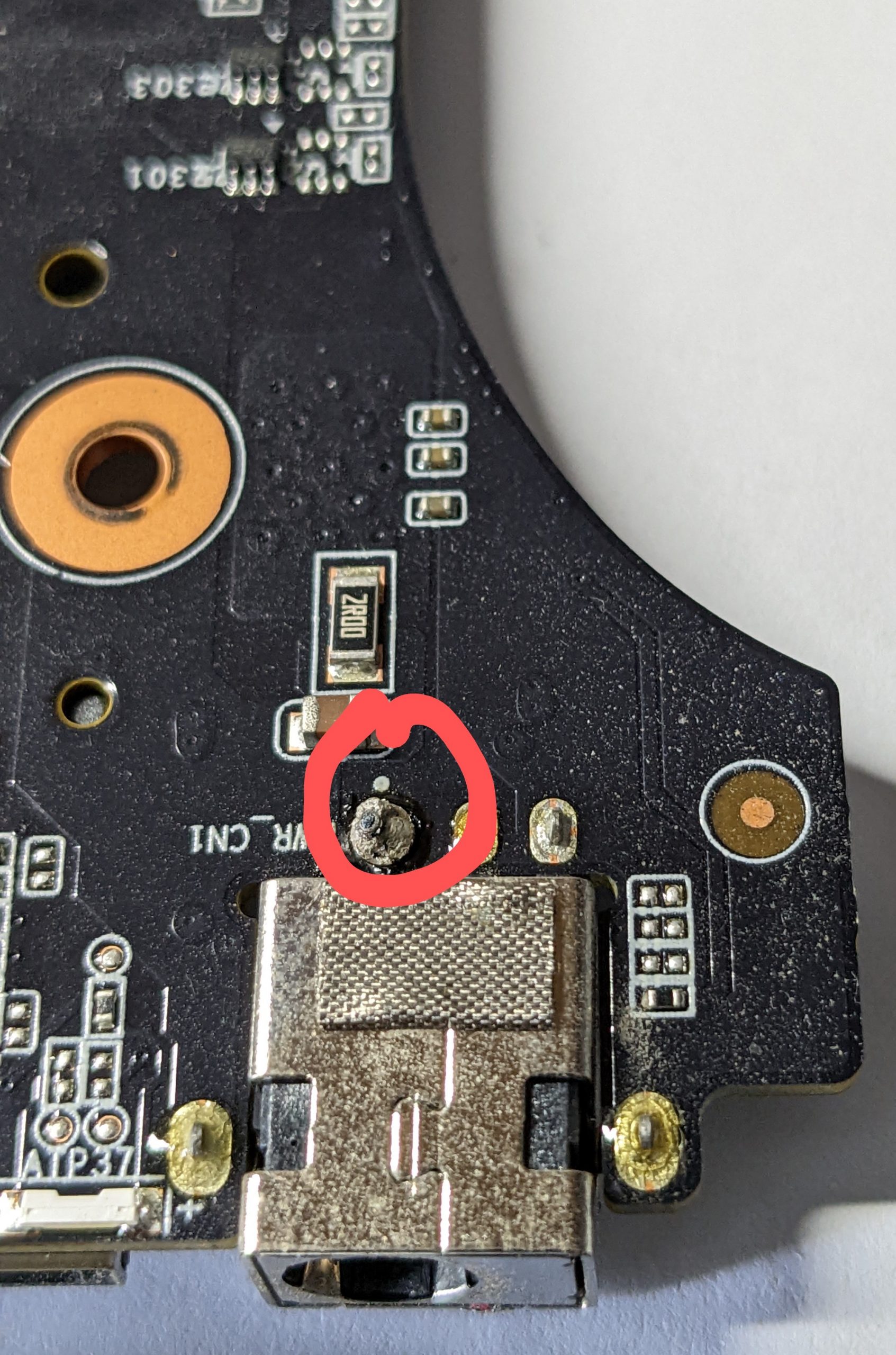
Can I fix the power jack myself?
Yes and no. If your computer uses cable-type ports that plug directly into the motherboard, and you are tech-savvy and can follow a guide on YouTube, you might be able to replace the jack yourself. No soldering is required with these cable jacks, and they simply plug and unplug into the motherboard. Your biggest challenge will most likely be the disassembly and reassembly of the laptop.
The other type is the soldered-in power jack. The most challenging part beyond taking the laptop apart and getting it back together properly is the de-soldering process. You will need to have a quality soldering iron, soldering skills, and the necessary tools associated with it. I would not recommend learning this on your laptop when you have power problems. I see many laptops that have had an attempt at the de-soldering process that is now damaged beyond repair. If you’re in doubt of your abilities, that is a good sign it’s better to leave it to an experienced professional.
Click here if you’re interested in contacting Pomeroy Computing to handle your power jack issues.
Below is a video of Pomeroy Computing replacing a power jack on an Acer Aspire 5 from start to finish.
Conclusion
A power jack provides power to your computer, but it is a common weakness for laptops. Both types of solder and cable ports can go bad but can be repaired or, better stated, replaced. I always recommend replacement instead of trying to repair it. When properly diagnosing a jack, make sure it has distinct power failure symptoms and test it out with the information in this article. If you have any questions, contact us!

Stephen Pomeroy is the owner of Pomeroy Computing (www.pcrepairhelp.net) and has been performing laptop and desktop pc repairs since 2005. He is an A+ certified technician with 19 years of experience in diagnosing and repairing notebook and desktop computers. He is also in his Senior year at Florida Atlantic University studying Electrical Engineering.
Pingback: Acer Aspire 5 Power Jack Repair - Acer Aspire 5 Power Jack Replacement